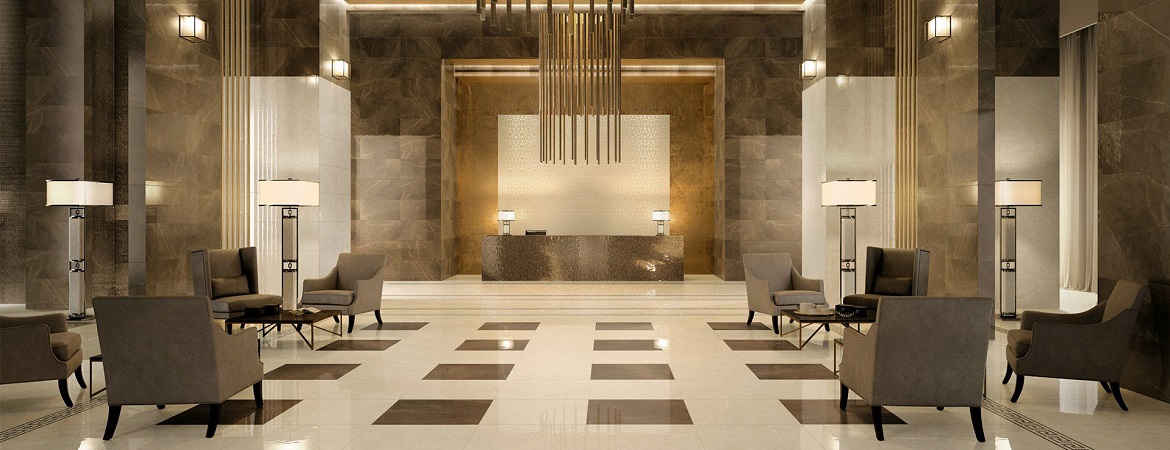Stone floors are natural, beautiful, and always stylish.
The naturally cool, hard surface is ideal for warm climates and does not harbor dust or allergens. Before choosing a specific type of stone, arm yourself with knowledge to find the best fit.The amount and size of pores in a stone, referred to as porosity, affects its strength and stain resistance.
If you plan to install stone in a high-traffic area, such as a kitchen, mudroom, or family bath, you'll want to choose a hard, dense stone that is nonporous, such as granite or slate.
Softer, more porous stones, such as marble, limestone, and travertine, require regular applications of sealants and frequent cleaning to prevent staining and pitting.
Stone Types:
Granite With hundreds of available varieties, this in-demand stone can be flamed for slip-resistant texture in busy kitchens and bathrooms.Available in a wide range of hardwoods andsoftwoods, wood will last forever and needs littlemaintenance in order to keep its appeal and beauty.
Limestone Known for its natural, earthen appearance, limestone is formed from sedimentary materials, such as coral and shells.Unlike some stones, when limestone is cut from the same slab, it has little color variation from tile to tile. The stone can be sanded perfectly smooth for a soothing, refined look, or machine-tumbled for a worn look. If you use limestone in a room where acidic liquids might spill, consider sealing this porous material every few years.
Marble This porous stone is a sophisticated choice for formal spaces but is easily scratched. Slabs or tiles come in many colors, based on where they were quarried. Some varieties of marble are harder and more stain-resistant than others. So help us help you in selecting the right marble for your needs.
SlateA rustic classic available in geometric pieces and irregular shapes, slate is usually found in dark gray, soft red, and medium green.
Travertine This crystallized, partially metamorphosed limestone is often mistaken for marble.
Stone Tiles Stone tiles have been used in home interiors for thousands of years. Slicing boulders and slabs of rock into thin squares or rectangles makes the appearance of stone vary from tile to tile due to veining, natural imperfections, and even fossils. Color palettes also vary by the type of stone and location of the quarry.

